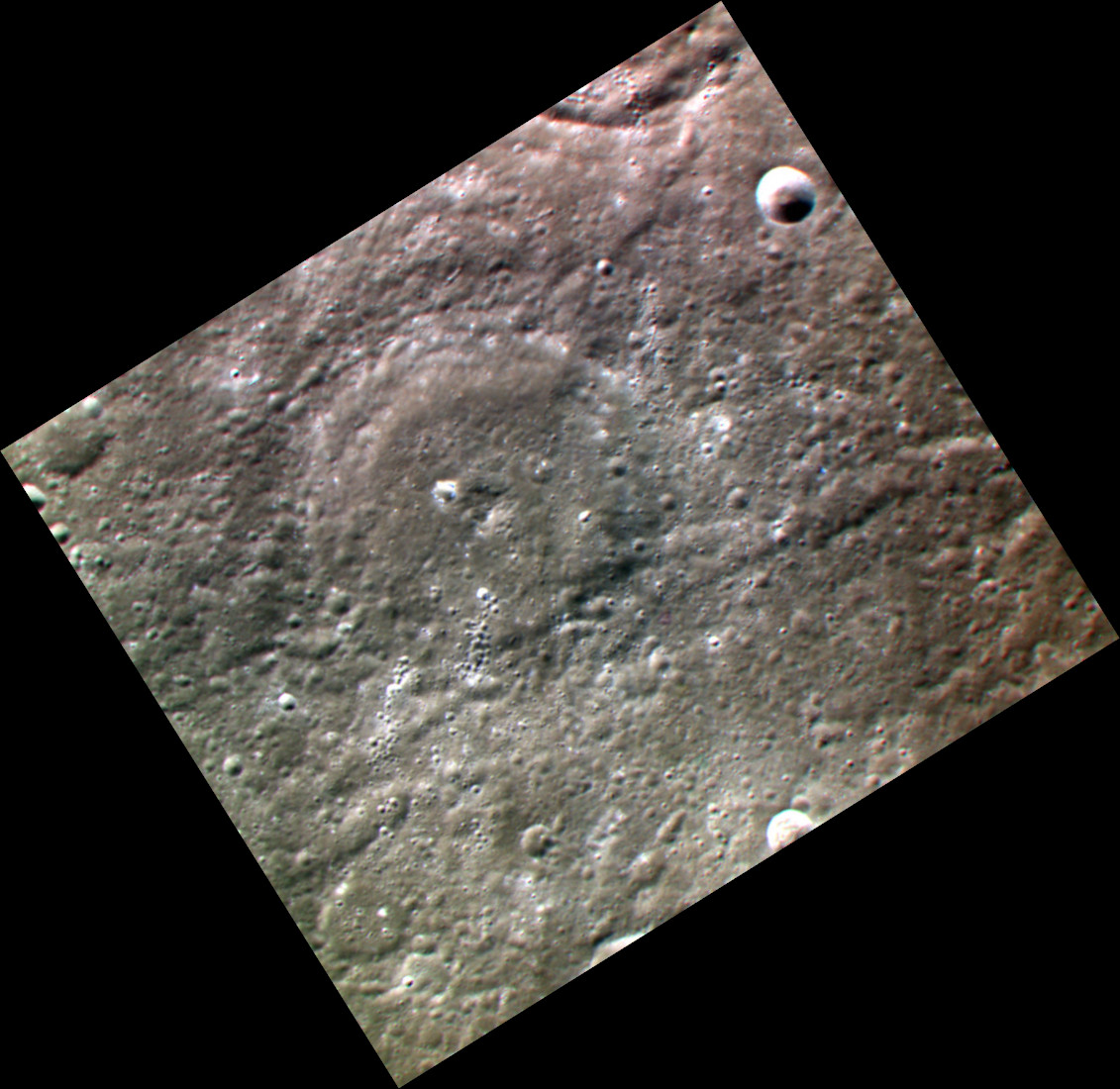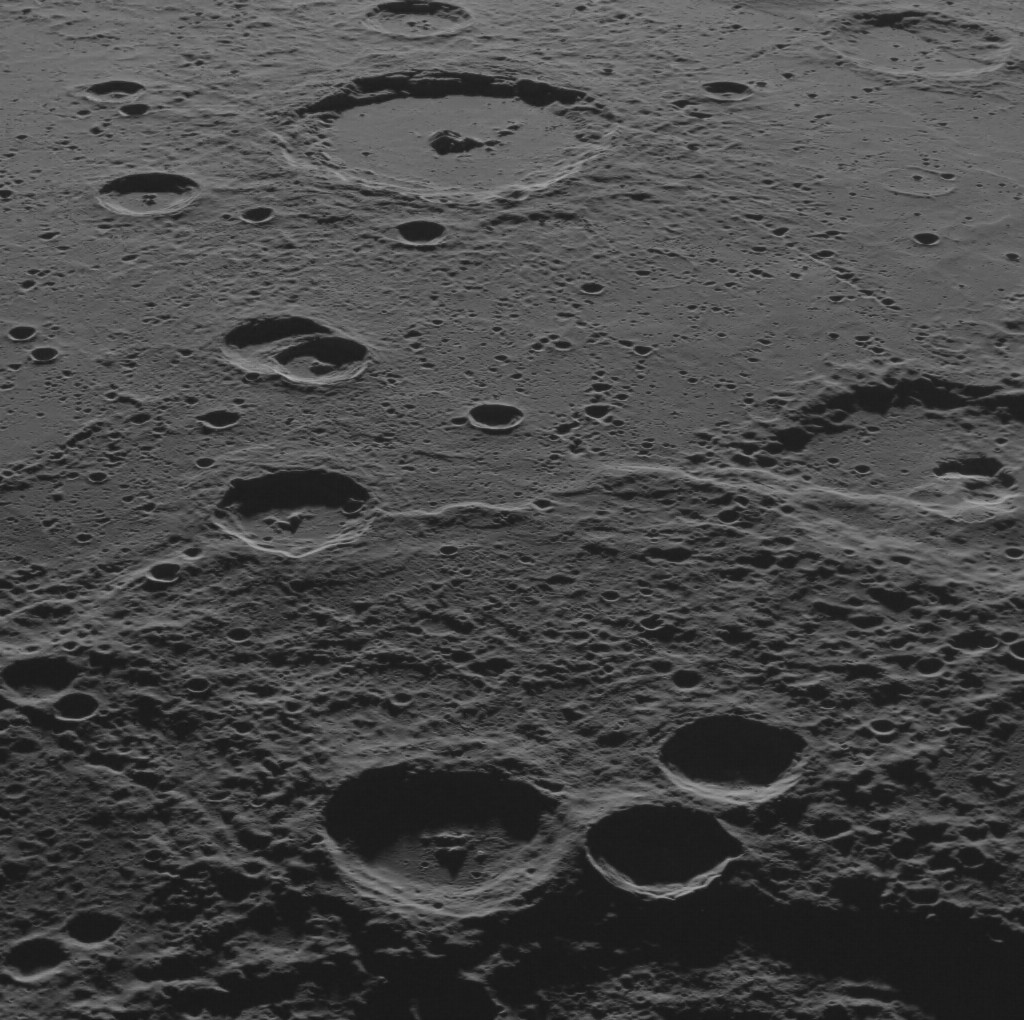|
Echegaray (crater)
Echegaray is a crater on Mercury. Its name was adopted by the International Astronomical Union (IAU) in 1985. Echegaray is named for the Spanish dramatist José Echegaray. To the south of Echegaray is Gluck crater. To the east is Monet, and to the northwest is Sor Juana Sor may refer to: * Fernando Sor (1778–1839), Spanish guitarist and composer * Sor, Ariège, a French commune * SOR Libchavy, a Czech bus manufacturer * Sor, Azerbaijan, a village * Sor, Senegal, an offshore island * Sor River, a river in the .... References Impact craters on Mercury {{Mercury-planet-stub ... [...More Info...] [...Related Items...] OR: [Wikipedia] [Google] [Baidu] |
MESSENGER
''MESSENGER'' was a NASA robotic space probe that orbited the planet Mercury between 2011 and 2015, studying Mercury's chemical composition, geology, and magnetic field. The name is a backronym for "Mercury Surface, Space Environment, Geochemistry, and Ranging", and a reference to the messenger god Mercury from Roman mythology. ''MESSENGER'' was launched aboard a Delta II rocket in August 2004. Its path involved a complex series of flybys – the spacecraft flew by Earth once, Venus twice, and Mercury itself three times, allowing it to decelerate relative to Mercury using minimal fuel. During its first flyby of Mercury in January 2008, ''MESSENGER'' became the second mission, after Mariner 10 in 1975, to reach Mercury. ''MESSENGER'' entered orbit around Mercury on March 18, 2011, becoming the first spacecraft to do so. It successfully completed its primary mission in 2012. Following two mission extensions, the spacecraft used the last of its maneuvering propellant to ... [...More Info...] [...Related Items...] OR: [Wikipedia] [Google] [Baidu] |
Victoria Quadrangle
The Victoria quadrangle is a region on Mercury from 0 to 90° longitude and 20 to 70 ° latitude. It is designated the "H-2" quadrangle, and is also known as Aurora after a large albedo feature. Most of the Victoria quadrangle lies within an area that appears bright on telescopic images of the planet, the bright-albedo feature Aurora, which approximately coincides with the east half of the quadrangle. As is common with most of the imaged portions of Mercury, the Victoria quadrangle is dominated by basins and large craters, with plains materials occupying the areas between them. The Borealis quadrangle is north of Victoria quadrangle. To the west is Shakespeare quadrangle, and to the east is Hokusai quadrangle. To the south is Kuiper quadrangle, and to the southwest is Beethoven quadrangle. ''Mariner 10'' images Almost all the pictures acquired by ''Mariner 10'' that were used for mapping were obtained during the first encounter: those covering the southeast half of the qua ... [...More Info...] [...Related Items...] OR: [Wikipedia] [Google] [Baidu] |
Mercury (planet)
Mercury is the smallest planet in the Solar System and the closest to the Sun. Its orbit around the Sun takes 87.97 Earth days, the shortest of all the Sun's planets. It is named after the Roman god ' ( Mercury), god of commerce, messenger of the gods, and mediator between gods and mortals, corresponding to the Greek god Hermes (). Like Venus, Mercury orbits the Sun within Earth's orbit as an inferior planet, and its apparent distance from the Sun as viewed from Earth never exceeds 28°. This proximity to the Sun means the planet can only be seen near the western horizon after sunset or the eastern horizon before sunrise, usually in twilight. At this time, it may appear as a bright star-like object, but is more difficult to observe than Venus. From Earth, the planet telescopically displays the complete range of phases, similar to Venus and the Moon, which recurs over its synodic period of approximately 116 days. The synodic proximity of Mercury to Earth makes Mercury ... [...More Info...] [...Related Items...] OR: [Wikipedia] [Google] [Baidu] |
José Echegaray
José Echegaray y Eizaguirre (19 April 183214 September 1916) was a Spanish civil engineer, mathematician, statesman, and one of the leading Spanish dramatists of the last quarter of the 19th century. He was awarded the 1904 Nobel Prize in Literature "in recognition of the numerous and brilliant compositions which, in an individual and original manner, have revived the great traditions of the Spanish drama". Early life He was born in Madrid on 19 April 1832. His father, a doctor and institute professor of Greek, was from Aragon and his mother was from Navarra. He spent his childhood in Murcia, where he finished his elementary school education. It was there, at the Murcia Institute, where he first gained his love for mathematics. While still a child he read Goethe, Homer, and Balzac, readings that alternated with those of mathematicians like Gauss, Legendre, and Lagrange. In order to earn enough money to attend the (Engineering School of Roads, Channels and Ports), he moved ... [...More Info...] [...Related Items...] OR: [Wikipedia] [Google] [Baidu] |
Echegaray Crater MESSENGER WAC IGF To RGB
Echegaray (from Basque ''Etxegarai'') is a surname meaning ''Hillhouse''. Notable people with the surname include: *José Echegaray (1832–1916), Spanish mathematician, dramatist and statesman *Leo Echegaray (1960–1999), Filipino criminal See also *Etchegaray Etchegaray is a surname. Notable people with the surname include: *Roger Etchegaray (1922–2019), French cardinal *Etchegaray (pelotari), French sportsman who competed at the 1900 Summer Olympics in Paris See also *Echegaray Echegaray (from Basqu ... {{surname Basque-language surnames ... [...More Info...] [...Related Items...] OR: [Wikipedia] [Google] [Baidu] |
International Astronomical Union
The International Astronomical Union (IAU; french: link=yes, Union astronomique internationale, UAI) is a nongovernmental organisation with the objective of advancing astronomy in all aspects, including promoting astronomical research, outreach, education, and development through global cooperation. It was founded in 1919 and is based in Paris, France. The IAU is composed of individual members, who include both professional astronomers and junior scientists, and national members, such as professional associations, national societies, or academic institutions. Individual members are organised into divisions, committees, and working groups centered on particular subdisciplines, subjects, or initiatives. As of 2018, the Union had over 13,700 individual members, spanning 90 countries, and 82 national members. Among the key activities of the IAU is serving as a forum for scientific conferences. It sponsors nine annual symposia and holds a triannual General Assembly that sets policy ... [...More Info...] [...Related Items...] OR: [Wikipedia] [Google] [Baidu] |
NASA
The National Aeronautics and Space Administration (NASA ) is an independent agency of the US federal government responsible for the civil space program, aeronautics research, and space research. NASA was established in 1958, succeeding the National Advisory Committee for Aeronautics (NACA), to give the U.S. space development effort a distinctly civilian orientation, emphasizing peaceful applications in space science. NASA has since led most American space exploration, including Project Mercury, Project Gemini, the 1968-1972 Apollo Moon landing missions, the Skylab space station, and the Space Shuttle. NASA supports the International Space Station and oversees the development of the Orion spacecraft and the Space Launch System for the crewed lunar Artemis program, Commercial Crew spacecraft, and the planned Lunar Gateway space station. The agency is also responsible for the Launch Services Program, which provides oversight of launch operations and countdown m ... [...More Info...] [...Related Items...] OR: [Wikipedia] [Google] [Baidu] |
Gluck (crater)
Gluck is a crater on Mercury. It has a diameter of 100 kilometers. Its name was adopted by the International Astronomical Union (IAU) in 1979. Gluck is named for the Austrian composer Christoph Willibald Gluck, who lived from 1714 to 1787. To the north of Gluck is Echegaray crater. To the west is Holbein, and to the southeast is Vlaminck Maurice de Vlaminck (4 April 1876 – 11 October 1958) was a French painter. Along with André Derain and Henri Matisse, he is considered one of the principal figures in the Fauve movement, a group of modern artists who from 1904 to 1908 w .... References Impact craters on Mercury Christoph Willibald Gluck {{Mercury-planet-stub ... [...More Info...] [...Related Items...] OR: [Wikipedia] [Google] [Baidu] |
Monet (crater)
Monet is a crater on Mercury. Its name was adopted by the International Astronomical Union (IAU) in 1979. Monet is named for the French artist Claude Monet, who lived from 1840 to 1926. To the west of Monet is Echegaray crater. To the northwest is Grieg, and to the southwest is Gluck Christoph Willibald (Ritter von) Gluck (; 2 July 1714 – 15 November 1787) was a composer of Italian and French opera in the early classical period (music), classical period. Born in the Upper Palatinate and raised in Bohemia, both part of the .... To the east is Sousa crater. Monet crater MESSENGER WAC IGF to RGB.jpg, Exaggerated color image of northern Monet (lower right) Monet crater MESSENGER WAC mosaic.jpg, Eastern Monet crater near the terminator References Impact craters on Mercury Claude Monet {{Mercury-planet-stub ... [...More Info...] [...Related Items...] OR: [Wikipedia] [Google] [Baidu] |
Sor Juana (crater)
Sor Juana is a crater on Mercury. Its name was adopted by the International Astronomical Union (IAU) in 1979, and is named for the Mexican writer and poet Sor Juana Inés de la Cruz. Sor Juana is a relatively young crater as its floor is covered with impact melt, MESSENGER Featured Image Database but it does not have a ray system such as that of or Kuiper. Sor Juana lies east of Victoria Rupes
[...More Info...] [...Related Items...] OR: [Wikipedia] [Google] [Baidu] |



